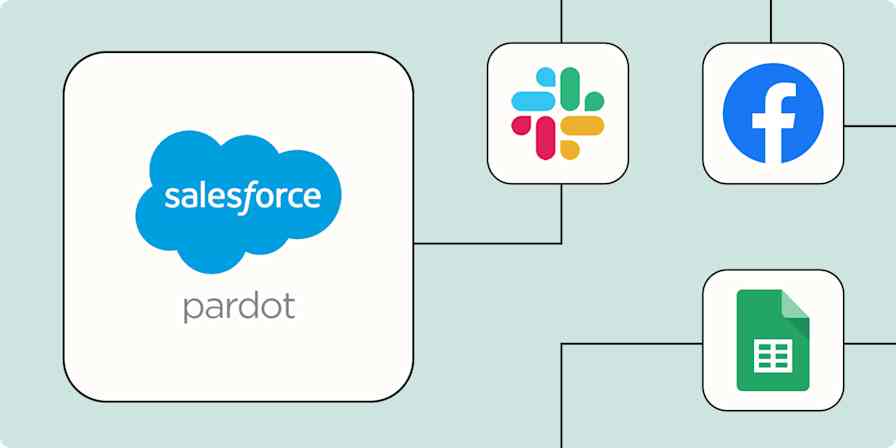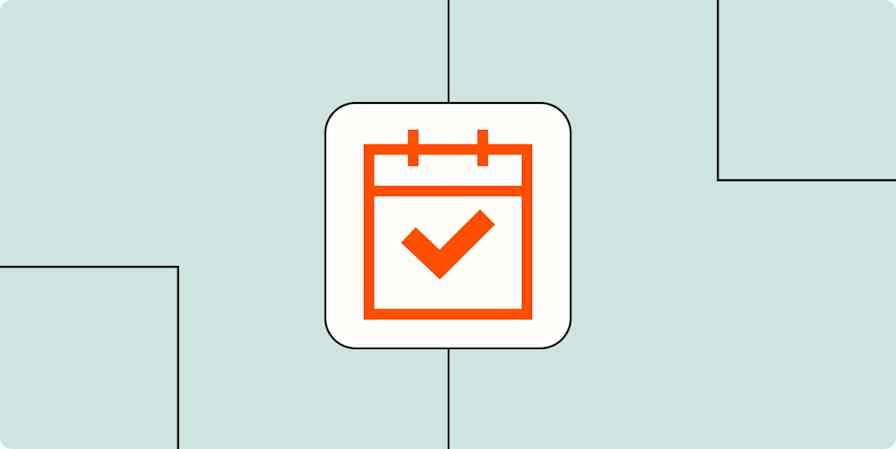Marketing tips
5 min readBeyond marketing numbers: the power of sentiment analysis
Why sentiment is essential for your brand health—and how to measure it for your online campaigns.
By Aleh Barysevich · September 2, 2021

Get productivity tips delivered straight to your inbox
We’ll email you 1-3 times per week—and never share your information.
Related articles
Improve your productivity automatically. Use Zapier to get your apps working together.








